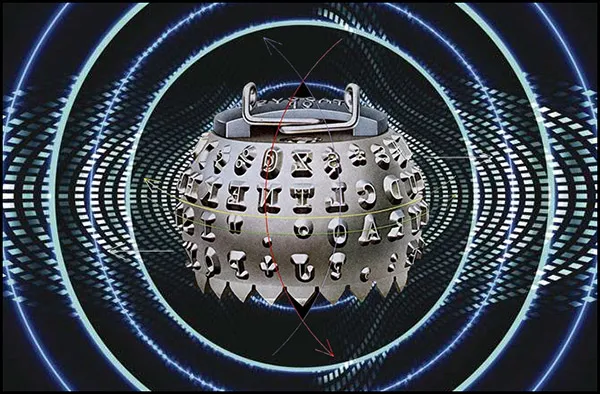by Zach DorfmanRecently, I obtained a set of declassified 1980s intelligence files from Poland’s cold war-era archives. The files detailed a Soviet operation to identify and remove a cornucopia of bugs placed in Russian diplomatic facilities across the United States.
The document — written in Russian and almost certainly produced by the KGB, unlike the other Polish-language files in the tranche of documents — provides a meticulous pictorial account of the ways in which the U.S. spy services sought to technically surveil the Russians on American soil. The file offers an unprecedented, stunning — if dated — look at these efforts to eavesdrop on Russian government activities within the U.S.
 |
Click to enlarge.
|
The file details a number of bugs found at Soviet diplomatic facilities in Washington, D.C., New York, and San Francisco, as well as in a Russian government-owned vacation compound, apartments used by Russia personnel, and even Russian diplomats’ cars.
And the bugs were everywhere:
- encased in plaster in an apartment closet;
- behind electrical and television outlets;
- bored into concrete bricks and threaded into window frames;
- inside wooden beams and baseboards;
- stashed within a building’s foundation itself;
- surreptitiously attached to security cameras;
- wired into ceiling panels and walls;
- and secretly implanted into the backseat of cars and in their window panels, instrument panels, and dashboards.
It’s an impressive — and impressively thorough — effort by U.S. counterspies...
 |
Click to enlarge.
|
“The number of bugs is useful as an indication that this is a sustained operation over years,” a former U.K. intelligence official with experience conducting technical operations told me. (The official requested anonymity to discuss sensitive intelligence techniques.) The sheer variety in where U.S. counterspies placed the bugs shows a great deal of “creativity” on their part, the former U.K. official said. While the bugging of cars and power outlets is considered “fairly standard,” the former official added, U.S. spies cleverly inserted bugs in more unusual locations like window frames...
It's unknown why the Soviets declined to publicize all the bugs they found within their U.S.-based facilities. The Russians ripped them out from their hiding spots, ostensibly preventing them from feeding the U.S. disinformation through the listening devices and trackers they identified.
 |
Click to enlarge.
|
The likelier explanation is that the KGB knew that U.S. diplomatic facilities in the Soviet Union were bugged to hell — including, at certain points, with listening devices activated by
blasting American facilities with microwaves. The use of this technique by the Soviets, which some U.S. officials believed sickened those exposed to it, became a serious diplomatic issue in the 1970s between the two superpowers.
more
(Kevin) A friend of mine, now deceased, was one of the CIA technical specialists during this time period who developed and planted these devices. He was prohibited from discussing the actual devices and placement operations even after he retired. However, he did write a "fictitious" story which details a typical bugging operation. Corporate security directors especially should read... The Attack on Axnan Headquarters: An Espionage Operation



















